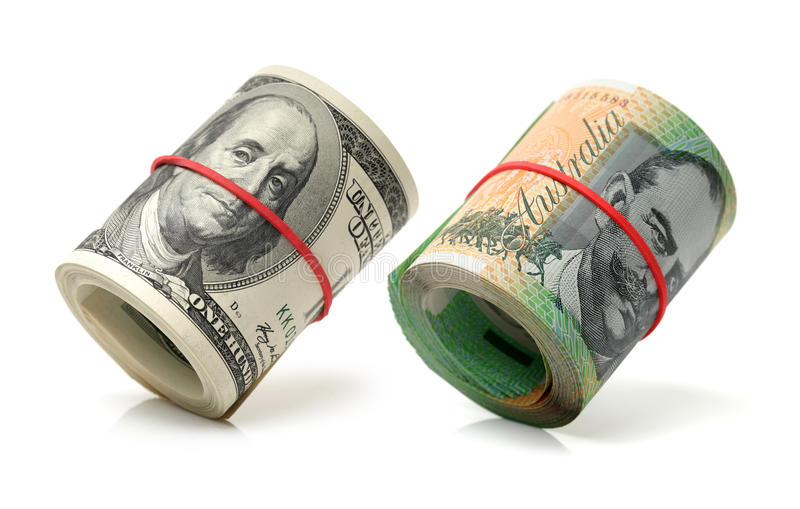Australian dollar falls as its major trading partner, China, reports weaker CPI figures.
Australian Dollar (AUD) fell following two days of advances versus the US Dollar (USD) on Monday. The AUDUSD pair under pressure from lower-than-expected September Consumer Price Index (CPI) figures from its main trading partner China, which issued on Sunday.
The Commonwealth Bank of Australia anticipates the RBA to decrease interest rates by 25 basis points in December.
The Australian dollar may have attracted sellers after a detailed report from the Commonwealth Bank of Australia stated that the The Reserve Bank of Australia (RBA) plans to decrease interest rates by 25 basis points by the end of 2024. The research highlighted that a larger disinflationary trend than the RBA anticipated required for the Board to consider lowering policy this calendar year.
US dollar rises as traders expect the Fed to halt the pace of borrowing cost decreases.
The AUDUSD pair’s loss might also be attributed to a stronger US Dollar (USD), spurred by predictions that the US Federal Reserve (Fed) will decrease the pace of borrowing cost reductions more than previously anticipated. According to the CME FedWatch Tool, markets are pricing in an 86.9% chance of a 25 basis point rate decrease in November, with no anticipation of a 50 basis point cut.
Daily Market Movers: Australian dollar has depreciated due to lower Chinese inflation figures.
Australian Dollar (AUDUSD) pair may have experienced downward pressure as a result of growing tensions in the Middle East, which have raised concerns about a larger regional conflict. According to CNN, a drone attack in north-central Israel on Sunday killed at least four Israeli soldiers and injured more than 60.
China’s military began maneuvers in the Taiwan Strait and around Taiwan on Monday. A representative for the US Department of State voiced deep worry over the People’s Liberation Army’s (PLA) military operations. Taiwan’s Defense Ministry responded, saying, “We will not escalate the conflict in our response.”
The National Bureau of Statistics of China stated that the country’s monthly Consumer Price Index (CPI) stayed constant at 0% in September, down from a 0.4% gain in August. Annual Inflation The rate increased by 0.4%, falling short of the expected 0.6%. Furthermore, the Producer Price Index (PPI) fell by 2.8% year on year, more than the prior reduction of 1.8% and above estimates of a 2.5% drop.
The National People’s Congress voiced optimism on Saturday after receiving a briefing from China’s Ministry of Finance (MoF). The MoF stressed crucial concerns such as stabilizing the property market and addressing local government debt issues. The ministry stated that special bonds would be issued to support both bank recapitalization and efforts to stabilize the real estate industry.
US Producer Price Index (PPI) remained constant at 0% in September.
The US Producer Price Index (PPI) remained constant at 0% in September, trailing August’s 0.2% month-on-month growth. Meanwhile, the monthly core PPI, which includes food and energy costs, rose by 0.2%.as projected, down from 0.3% the previous month.
Chicago Fed President Austan Goolsbee spoke with Bloomberg, praising the improvements made in inflation and the labor market. Goolsbee highlighted that, despite the excellent September jobs statistics, there are no signs of the economy overheating.
The Reserve Bank of Australia issued the minutes of its September monetary policy meeting last week, indicating that board members considered alternative scenarios for future interest rate cuts and increases. The debate highlighted that future financial conditions may need to be either tighter or looser than current levels to accomplish the Board’s goals.









